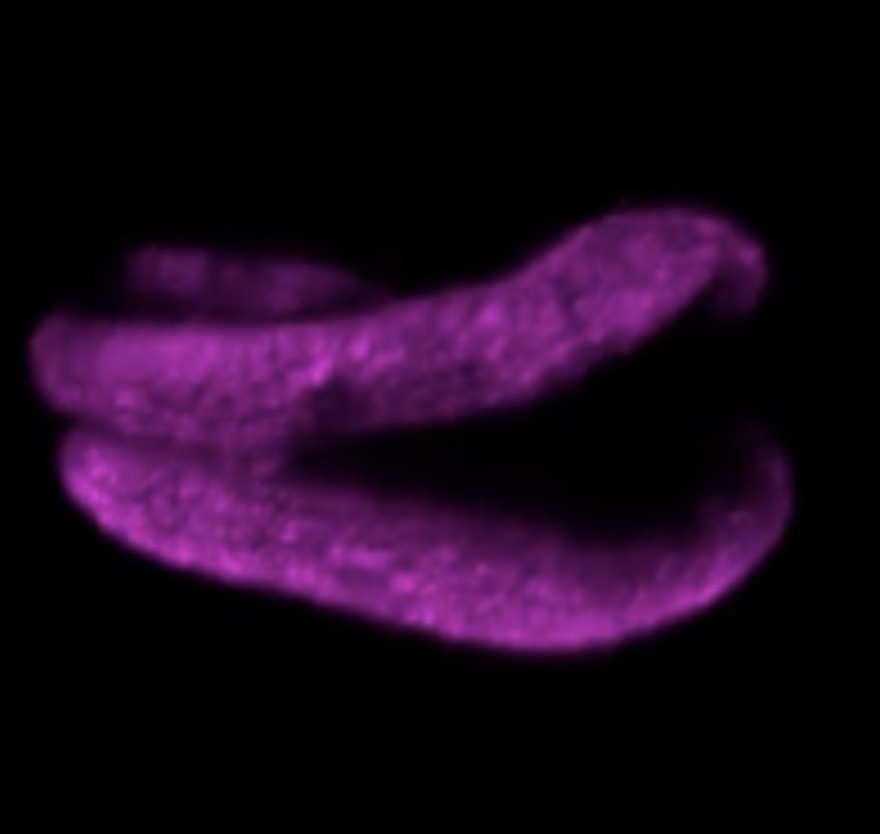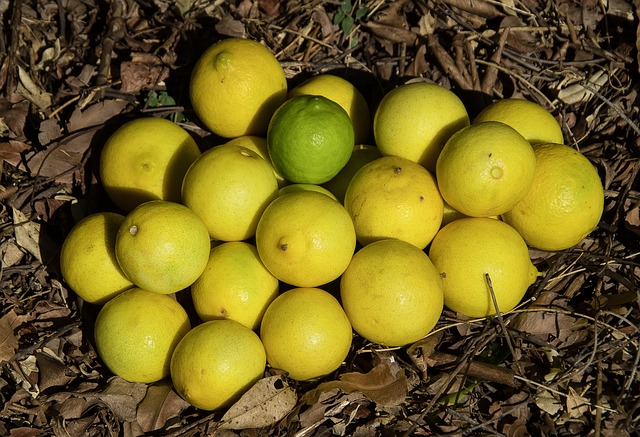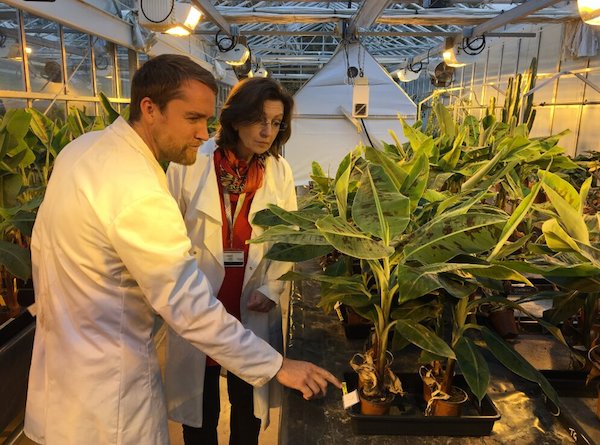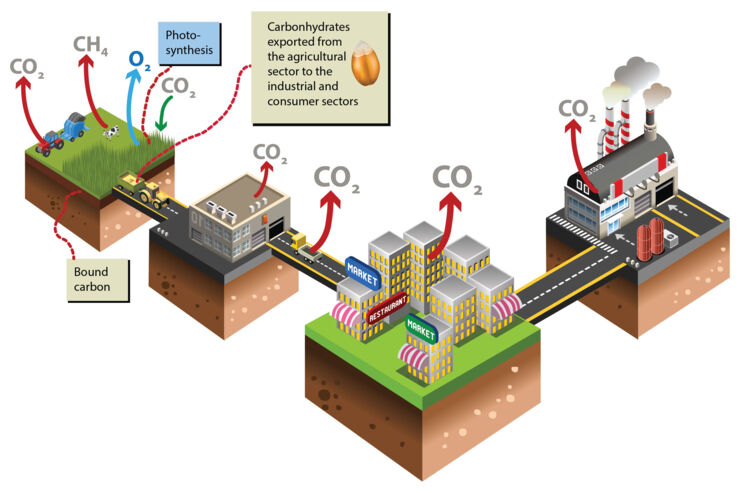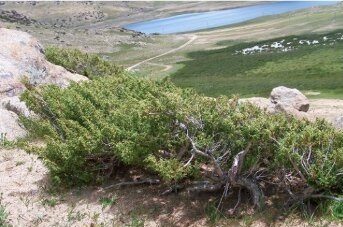
Alpine regions on the Tibetan Plateau are sensitive to climate change, however, little is known about their long-term hydroclimate variability due to short instrumental records. A research team established a 537-year standard shrub-ring chronology by cross-dating living and dead Wilson…
Read More




